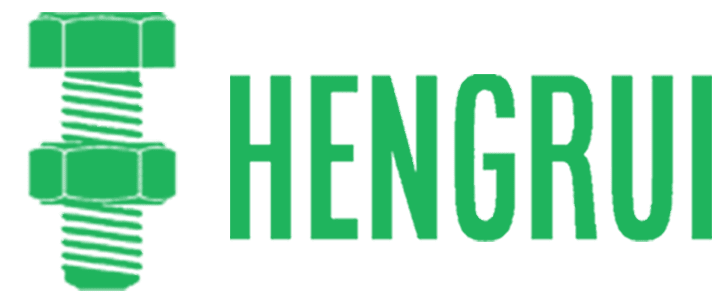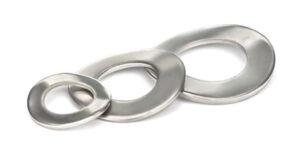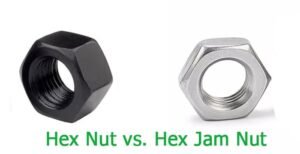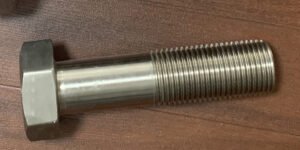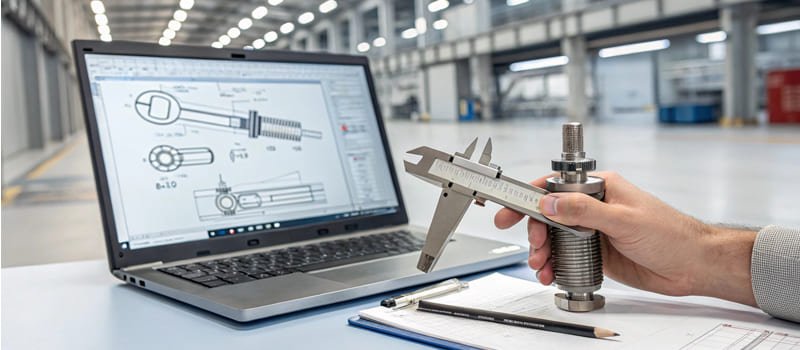
You’re handling a complex engineering project and need bolts that match exact specs. Generic fasteners won’t cut it—and errors cost time and money. This guide walks you through how to customize fasteners based on your drawing, avoiding production delays and ensuring a perfect fit every time.
To customize fasteners based on your drawing, first please confirm a clear technical drawing—include dimensions, tolerances, thread type, and material. Then send it to a reliable custom fastener supplier to check if production is workable. After that, confirm pricing and lead time with the supplier. If samples or prototypes are needed, please review and approve them before production. Once everything is confirmed, the factory will start full production, followed by quality inspection and shipment.
Now, let’s break this process down step-by-step so you can manage your project with full clarity and zero delays.
Step 1: Complete Detailed Engineering Drawing
The customization process begins with a precise technical drawing. This drawing should clearly outline:
- Thread size and type (e.g., UNC, UNF, metric)
- Head type (hex, socket, countersunk, etc.)
- Material requirements (carbon steel, stainless steel, alloy, etc.)
- Surface treatment (zinc plating, hot-dip galvanizing, phosphate, etc.)
- Dimensional tolerances
- Thread size and type (e.g., UNC, UNF, metric)
- Head type (hex, socket, countersunk, etc.)
- Material requirements (carbon steel, stainless steel, alloy, etc.)
- Surface treatment (zinc plating, hot-dip galvanizing, phosphate, etc.)
- Dimensional tolerances
- Strength grade (e.g., 8.8, 10.9, ASTM A193 B7)
Use standardized formats like ISO, DIN, or ANSI to ensure manufacturability. CAD files in formats like STEP, IGES, or DWG are highly preferred.
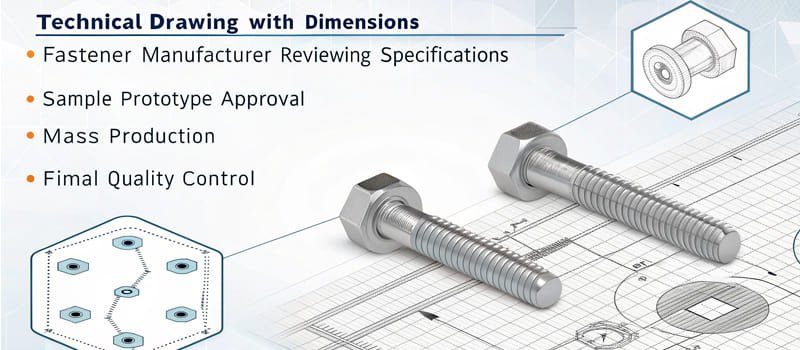
Step 2: Select a Custom Fastener Manufacturer
Choose a supplier who has experience in your sector—whether it’s oil & gas infrastructure, automotive, or wind energy.
Check if the manufacturer:
- Works with OEMs or government contractors
- Supports international orders (USA, Canada, Germany, Japan, etc.)
- Provides technical support and reverse engineering
- Complies with ISO 9001, IATF 16949, or industry-specific standards
Request sample work, client references, or visit their facility if possible.
Step 3: Submit Drawing and Technical Specs
Once the right supplier is selected, share your finalized drawing along with:
- Quantity required
- Application environment (e.g., marine, high temperature, corrosive)
- Load-bearing requirements
- Any certifications needed (e.g., RoHS, REACH, Material Certificate)
Clear communication at this stage prevents back-and-forth later.
Step 4: Confirm Feasibility, Lead Time & Cost
The manufacturer will analyze the drawing for feasibility. You’ll receive:
- Suggestions for manufacturability improvements
- Quote based on raw material, labor, and tooling
- Estimated production time
- Packaging and delivery options (bulk, box, pallet)
For larger quantities, lead time typically ranges from 4 to 8 weeks, depending on complexity.
Step 5: Request Sample or Prototype (Optional)
For mission-critical projects or new designs, request a sample or prototype. This ensures:
- Dimensions match
- Surface treatment is correct
- Functional fit in the intended assembly
Some suppliers may charge a setup or sample fee, especially for small orders.
Step 6: Start production and Perform Quality Control
After approval, production begins. Key manufacturing steps may include:
- Cold forging or hot forging
- Thread rolling
- Heat treatment for strength
- Coating or plating
Quality control checks should include:
- Dimensional inspection with calipers, thread gauges
- Hardness testing
- Salt spray test for corrosion resistance
- Third-party lab reports (if needed)
Look for suppliers who follow PPAP, FMEA, or SPC protocols if you’re in automotive or aerospace.
Step 7: Shipping, Documentation & After-Sales
Before dispatch, the supplier should provide:
- Packing list and invoice
- Quality certificate or Certificate of Conformity (COC)
- Material certificate
- RoHS/REACH declaration if applicable
Ask if real-time tracking or logistics support is available. After delivery, a good supplier follows up to confirm fit and performance.
FAQs About Customizing Fasteners
Q1. What information do I need to provide to customize fasteners?
You’ll need a detailed drawing, material specification, required quantity, performance expectations, and surface treatment requirements. Sharing environmental conditions and mechanical load helps the manufacturer optimize design.
Q2. How long does it take to manufacture custom bolts?
Production time typically ranges from 4 to 8 weeks depending on quantity, complexity, and material availability. Prototype or sample stages may add 1–2 weeks.
Q3. What materials and coatings can be used for custom fasteners?
Common materials: carbon steel, stainless steel (304, 316), brass, titanium.
Coatings: zinc plating, hot-dip galvanizing, phosphate coating, Teflon/PTFE for anti-corrosion, black oxide for appearance.
Q4. How to ensure the drawing meets manufacturing standards?
Use standard tolerances and thread profiles as per DIN, ANSI, or ISO. Get input from the supplier’s engineering team or conduct a DFM (Design for Manufacturing) review.
Q5. What quality control checks are applied to custom fasteners?
Standard checks include dimensional inspection, tensile and torque testing, coating thickness analysis, and hardness testing. For critical parts, third-party testing or certifications are often provided.
Q6. Can I customize fasteners if I only have a physical sample but no drawing?
Yes, you can. We offer reverse engineering services—our team can create accurate technical drawings based on your sample, ensuring it’s ready for production with full specification control.
Contact Hengrui Fastener for Custom bolt
For specialized applications that require custom solutions, Hengrui Fastener offers high-quality, customizable bolt and fasteners. Whether you need a specific size, material, or finish, Hengrui can provide tailored fasteners to meet your exact requirements. Contact Hengrui Fastener to learn more about our products and services.
